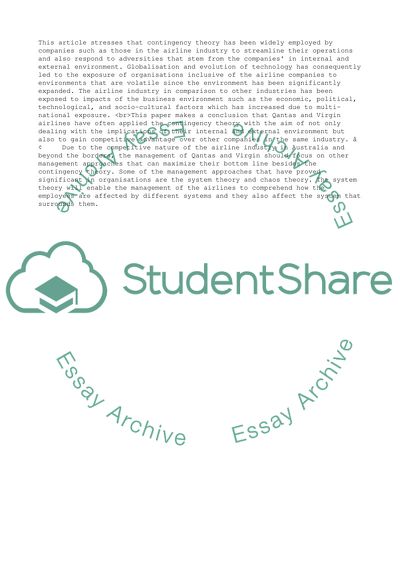Cite this document
(“Understanding Organisation Theory and Practice Essay”, n.d.)
Understanding Organisation Theory and Practice Essay. Retrieved from https://studentshare.org/management/1695347-understanding-organisation-theory-and-practice
Understanding Organisation Theory and Practice Essay. Retrieved from https://studentshare.org/management/1695347-understanding-organisation-theory-and-practice
(Understanding Organisation Theory and Practice Essay)
Understanding Organisation Theory and Practice Essay. https://studentshare.org/management/1695347-understanding-organisation-theory-and-practice.
Understanding Organisation Theory and Practice Essay. https://studentshare.org/management/1695347-understanding-organisation-theory-and-practice.
“Understanding Organisation Theory and Practice Essay”, n.d. https://studentshare.org/management/1695347-understanding-organisation-theory-and-practice.


